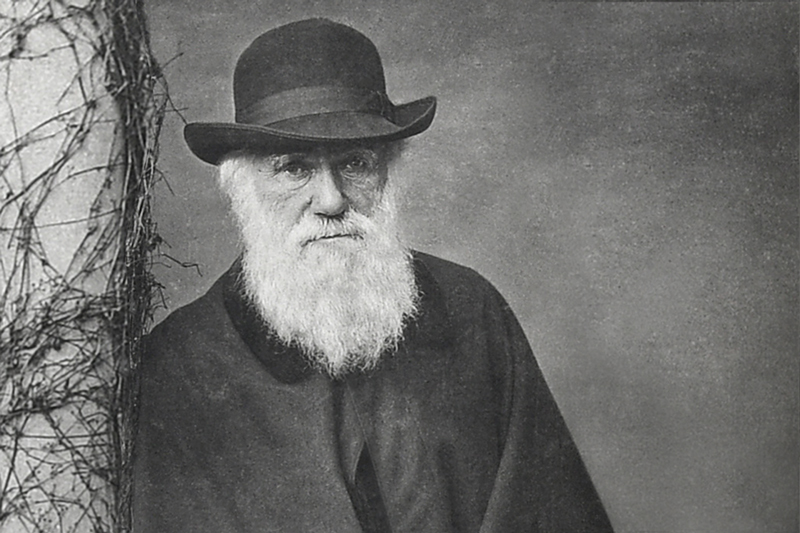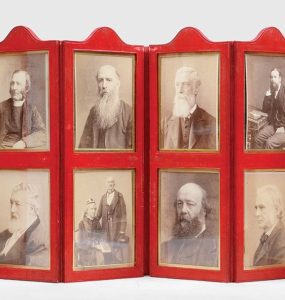It goes without saying that On the Origin of Species is one of the most significant books in history and a desirable addition to many collectors’ libraries. Yet the emphasis on Charles Darwin’s evolutionary writings – although richly deserved – often overshadows the breadth of his other interests and influences. Most Darwin enthusiasts know about his time as an explorer on the HMS Beagle, but what of his obsession with barnacles and his enthusiasm for backgammon? Among these diverse interests emerges a dynamic portrait of not only a scientist but a fascinating man.
“No pursuit at Cambridge was followed with nearly so much eagerness or gave me so much pleasure as collecting beetles”
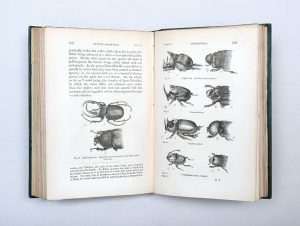 Darwin and Collecting
Darwin and Collecting
Darwin collected wax seals, pebbles, and minerals as a child and compiled a huge array of specimens and plants throughout his life, but there was one collection in particular that brought him the most joy: his beetle boxes. “It was the mere passion for collecting, for I did not dissect them and rarely compared their external characters with published descriptions”. As a student, he frequently got into debates with the aptly named Charles “Beetles” Babington about who would acquire new species first. His zeal for collecting is demonstrated through an anecdote in his autobiography: “I saw two rare beetles and seized one in each hand; then I saw a third and new kind, which I could not bear to lose, so I popped the one which I held in my right hand into my mouth. Alas it ejected some intensely acrid fluid, which burnt my tongue so that I was forced to spit the beetle out, which was lost, as well as the third one”.
“When 9 or 10, I distinctly recollect the desire I had of being able to know something about every pebble in front of the hall door”
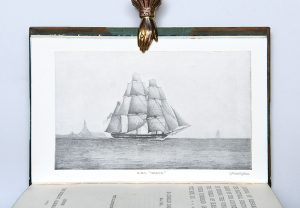 Darwin and Geology
Darwin and Geology
After his time aboard the Beagle, Darwin’s interests turned to geology, a subject that was of paramount importance to the development of his evolutionary theories. The geologist Charles Lyell was the formative influence on Darwin; he religiously studied Lyell’s Principles of Geology (1830–33) on the Beagle and later asserted that his theories “came half out of Lyell’s brains”. By the mid-19th century, geologists had moved from speculation to scientific evidence due to Lyell’s insistence on the principle of uniformity. In contrast, although evolution-adjacent theories had been floated by thinkers such as Jean-Baptiste Lamarck, evolutionary biologists remained firmly in the realm of speculation. It was the geologists, spearheaded by Lyell, and their insistence that evolutionary theory needed to prove a mechanism before all else to be accepted, that inspired Darwin’s succinct, evidence-based case for evolution that he laid out in the Origin.
“Then where does he do his barnacles?”
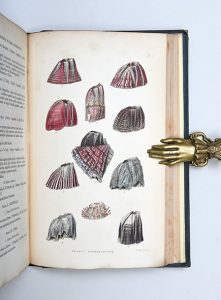 Darwin and Palaeontology
Darwin and Palaeontology
Darwin spent eight years (1846–54) studying Cirripedia (barnacles), both living and fossilized, on which he published four monographs. These provide insight into his scientific method and are accomplished taxonomic works that make up a catalogue of all free-living cirripedes known at the time. Darwin’s enthusiasm for his barnacle project is charmingly summed up in a story by his neighbour John Lubbock: “One of Mr Darwin’s children is said to have asked, in regard to a neighbour, ‘Then where does he do his barnacles?’ as though not merely his father, but all other men, must be occupied on that group”.
“In all views plants form the chief embellishment”
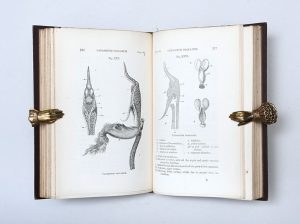 Darwin and Botany
Darwin and Botany
After biology, Darwin’s most influential exploit was botany. The protégé of the botanist John Stevens Henslow while at Cambridge, Darwin published on a variety of botanical topics ranging from carnivorous plants to plant movement. His 1862 book on orchid fertilization provided data that strengthened his evolutionary arguments by demonstrating the process of botanical natural selection. He showed that self-fertilization was largely undesirable to organisms, thereby providing the variation which was essential to Darwin’s theory and proving that the ideas expounded in the Origin were not just theoretical but could be experimentally verified in the plant world.
“Glorified friend!”
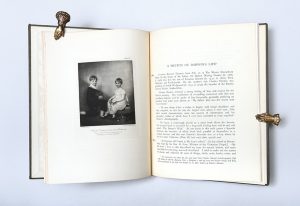 Darwin and his Correspondence
Darwin and his Correspondence
Darwin suffered from poor health for most of his life; after he returned from the voyage of the Beagle at the age of 27, he never left England again. He therefore developed a vast international correspondence network with some of the greatest minds of the age. He relied upon this network to remain up to date with discoveries and to receive botanical and biological samples. He was a friend of the co-discoverer of natural selection, Alfred Russell Wallace, and was particularly close to Joseph Dalton Hooker, a friendship demonstrated by over 1,200 surviving letters.
Hooker was invaluable for his part in keeping Darwin, now sequestered at Down House, up to date with geological advances. During Hooker’s trip to the Himalayas, he wrote frequently to Darwin, responding to his questions and sending details that supplemented Darwin’s theories. Darwin trusted Hooker so much that he left instructions that if his health were to prevent him from publishing his theory of evolution, Hooker was the one to which he entrusted the task.
Darwin also had a large correspondence with the Wedgwoods, of porcelain fame: he was the grandson of Josiah Wedgwood – the renowned entrepreneur – and married his cousin, Emma Wedgwood. Members of the family corresponded with Darwin about the publication of his first book, the Journal and Remarks, and were invited to read the manuscript notebook of his travels upon which the work was based. In particular, Fanny and Hensleigh Wedgwood were asked to provide feedback, describing it as a “very interesting journal”.
“I have won, hurrah hurrah!”
Darwin and Entertainment
Due to his health, Darwin spent a lot of evenings at home, where one of his favourite hobbies was playing backgammon with Emma. They played two games every night which he kept detailed notes on, writing in 1876 to Asa Gray that “she poor creature has won only 2490 games, whilst I have won, hurrah hurrah, 2795 games!”.
“Darwinism”
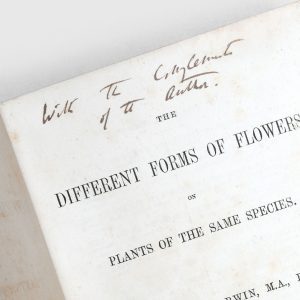 Darwin the Originator
Darwin the Originator
Since his death, Darwin’s theories have been applied to a multitude of subjects. The term “Darwinism” refers to many different things – in fact, it predates Charles Darwin, having been originally used to describe the theories of his grandfather Erasmus Darwin, and was first applied to Charles by his “bulldog”, Thomas Henry Huxley, in 1860. It soon expanded to include not only Darwin’s ideas but the whole field of evolutionary thought, including that of Herbert Spencer and August Weismann. Gregor Mendel’s discovery of the mechanism of heredity led to “neo-Darwinism”, which evolved into what Julian Huxley termed “the eclipse of Darwinism” in the late 19th and early 20th centuries. During this period, scientists did not consider the mechanism of natural selection entirely scientifically sound despite their acceptance of evolution, a problem that was solved by Huxley’s coining of “modern synthesis” (a combination of Darwinian theory and Mendelian genetics) in 1942.
It was a long road for Darwin and a longer road still for the world to accept Darwinism. This was a path that Darwin foresaw, writing apprehensively to Hooker in 1844 that his theory that species were not immutable was “like confessing a murder”. Yet, he never doubted the veracity of his views, an opinion he expounded to his publisher John Murray in 1859 while preparing to publish the Origin: “I fear all Reviews of my present Book, will be very unfavourable; but I now feel confident my views will ultimately prevail”.
Written by Alice Gregson, Cataloguer and Bookseller

